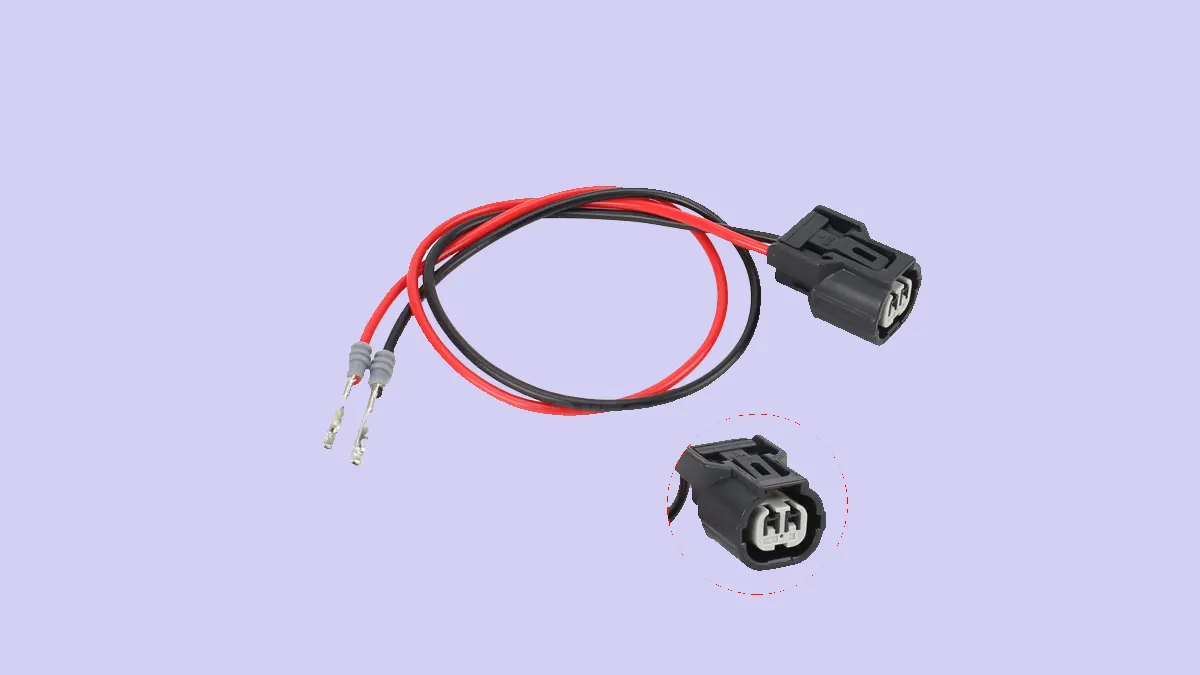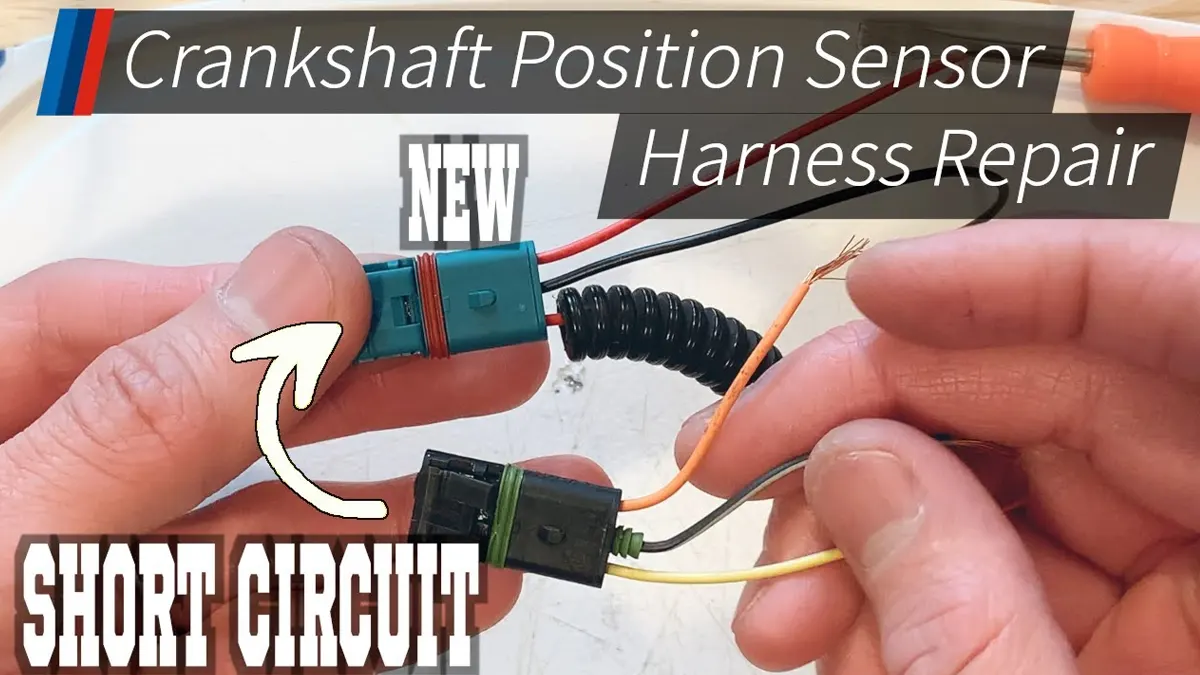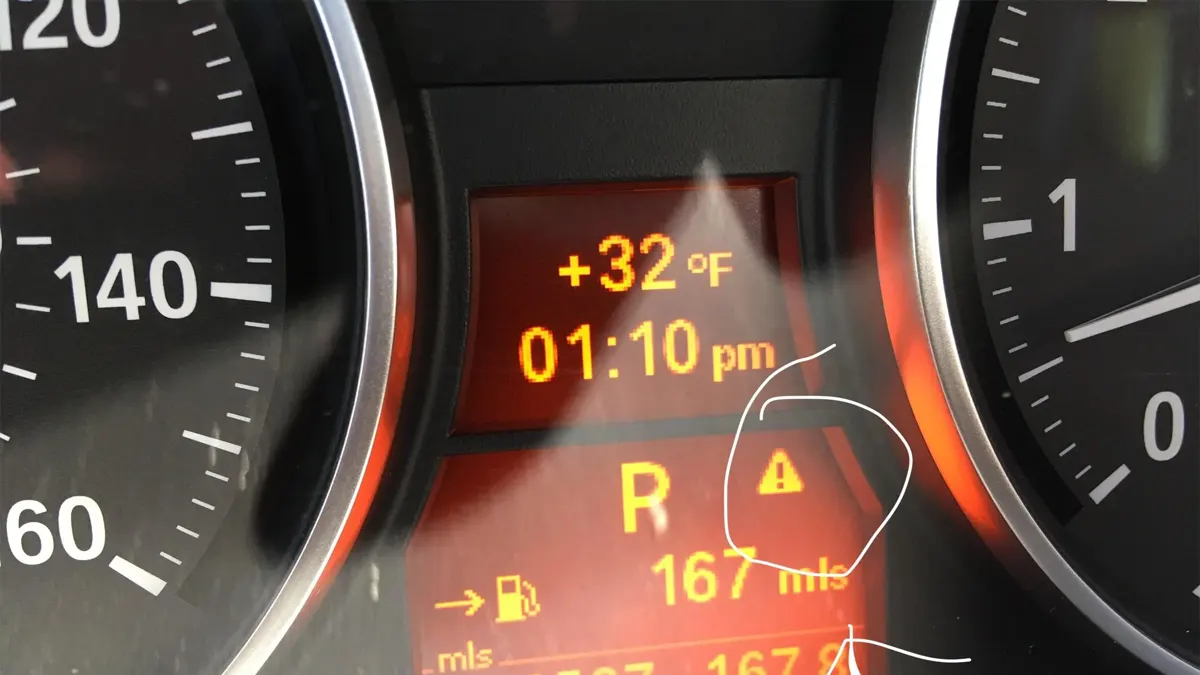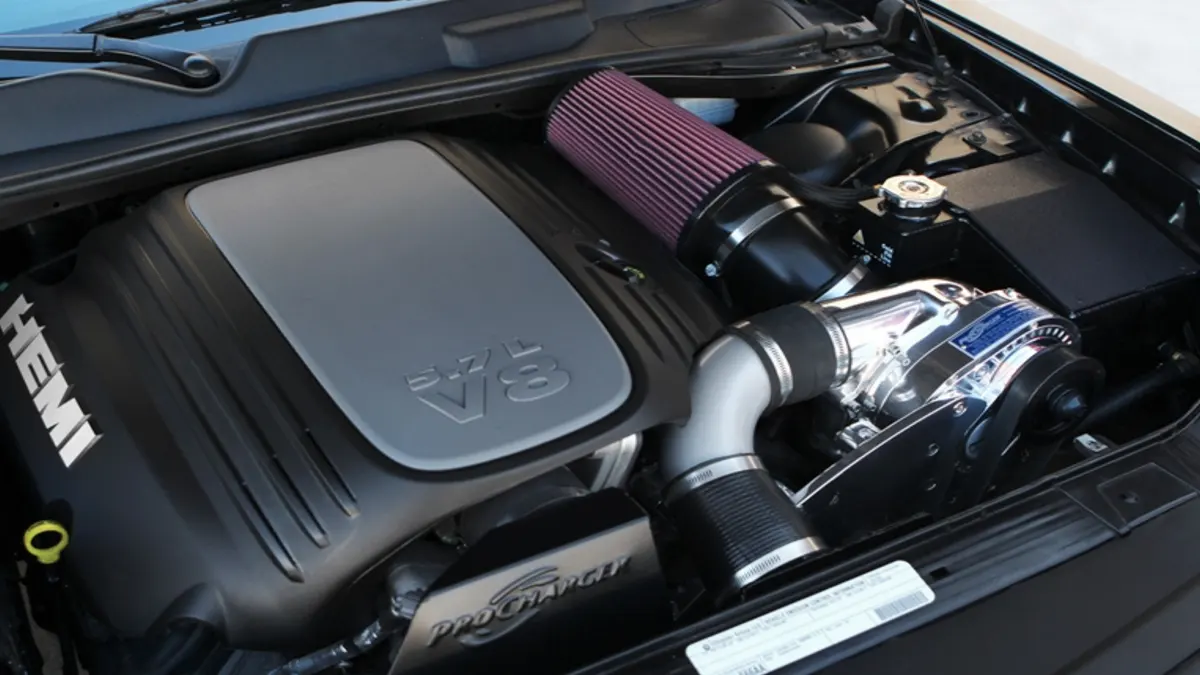If you own a Honda Odyssey, you may have experienced jolts or vibrations caused by the VCM system several times. But you don’t have to worry anymore! In our latest article, we will take you through the easiest steps to disable VCM so that you can have a smooth and enjoyable driving experience.
Follow our easy instructions to say goodbye to those jolts and control your vehicle’s performance. However, you won’t permanently modify your Honda Odyssey but only bypass its vcm system.
Before starting the process, let’s begin with why disabling vcm on the Honda odyssey is significant.
Why Disable VCM on the Honda Odyssey?
Honda uses variable cylinder management (vcm) to improve fuel efficiency in their odyssey models. Although it has some drawbacks. A major issue with vcm is that it leads to excessive oil usage and your engine wears out soon.
Moreover, some drivers may feel annoyed due to the constant switching between cylinders and feel it destroys the whole driving experience. Thus, many Honda odyssey owners disable vcm in their vehicles for a smooth and reliable driving experience.
Once you disable vcm, it will maximize the engine’s overall performance and will last longer. However, you must disable vcm carefully, following all steps correctly.
Which Tools and Materials Will You Need?
First, gather the necessary tools and materials to ensure an efficient and smooth process. Some essential tools and materials to disable vcm are a socket wrench set, screwdrivers, pliers, a vcm disable harness, an obd-ii scanner, and electrical tape.
You can remove the essential parts with the socket wrench set, and pliers and screwdrivers will help you disconnect electrical connections. A Vcm disabled harness will allow you to bypass the system, and an obd-ii scanner will come in handy in both accessing and turning off the Vcm system.
An electrical tape is required to wrap and insulate the wires that you will disconnect during the process. Once you access all these tools and materials, the vcm disabling process becomes simpler and quicker.
How Do You Disable Vcm on the Honda Odyssey Step by Step?
Follow these five steps to disable vcm on the Honda odyssey.
Step 1: Preparing Your Workspace:
To get started with disabling vcm on the Honda odyssey, first, prepare your workspace by gathering all required tools and materials. You also need to prioritize safety and maintain a clear and organized space to avoid obstacles during the process.
All the necessary tools and materials you gathered must be easily reachable. Park your vehicle on a flat surface, engage the parking brake, and turn off the ignition. For better visibility, ensure you have the proper lighting before getting started.
Step 2: Locate the VCM Components:
The next step is to locate the vcm components. Don’t worry it’s not hard because you will find them in the Honda Odyssey’s specific areas or parts.
Locating and accessing VCM components is essential to disable VCM properly. Handle everything carefully and follow the instructions to enjoy a successful outcome. These vcm components include wiring, sensors, and connectors near the engine.
Step 3: Disable VCM:
To disable vcm, ensure you have disconnected and disabled all vcm components. Follow the instructions to avoid mistakes, be careful during the process, and handle all components carefully. It is the key to preventing any damage or accidents.
It usually means connecting the harness to specific components to stop VCM’s functionality. Follow the instructions with each tool or refer to trustworthy sources for guidance. Be careful and disconnect things properly to avoid damaging the vehicle’s other components.
Step 4: Test and Verify:
Once you’re done disabling vcm on the Honda odyssey, test and verify whether the process was successful or a failure. Use diagnostic tools or indicators for testing and they will give you accurate information about the vcm’s functioning.
When you connect the diagnostic tools with the vehicle’s computer system, you can check whether the vcm was effectively disabled or is still functioning. Moreover, diagnostic tools will be necessary to identify potential issues and errors during disabling.
Meanwhile, the indicators installed in the vehicle will come in handy to verify the vcm status. They will display its status and ensure that it has been disabled. Conduct these tests and verifications to ensure you have successfully disabled vcm on your Honda odyssey.
Step 5: Confirm and Monitor:
You can easily confirm that the vcm on your Honda odyssey is permanently disabled now by following a few instructions. Start your vehicle, let it warm up to normal operating temperature, and connect an obd-ii scanner to its diagnostic port under the dashboard.
Use a scanner to analyze the vcm parameters and watch for active vcm signs or codes. If there are no signs or codes present, it is evident that you have disabled vcm successfully. It’s time to monitor the vcm status at regular intervals.
Wrap Up:
If you plan to disable vcm on the Honda odyssey, you can consider several available options. Whether you plan to use an s-vcm controller, vcmuzzler ii, or vcm disable harness kit, each method serves the same purpose. You can take control of your vehicle’s performance and customize your driving experience according to your preferences.
Deactivate the variable cylinder management system and prevent potential issues that occur due to vcm, such as excessive oil usage. It will also improve the engine’s overall performance and provide you with a sense of control and a completely personalized journey on the road.
Say goodbye to the irritating vcm system and start controlling your vehicle today.
Read More:
- How To Get a Stuck CV Axle Out of Transmission
- How to Reset Triangle with Exclamation Point BMW
- How To Put Cadillac In Neutral With Dead Battery
- How To Fix Crankshaft Position Sensor Wiring Harness
- How Much Boost Can A 5.7 Hemi Handle
- Best Full Delete Kit for 6.7 Cummins
Frequently Asked Questions
How Do You Turn Off Eco Mode on a Honda Odyssey?
You can turn off eco mode on a Honda Odyssey with the help of disabling tools such as vcmuzzler or s-vcm controller. These tools will take over the variable cylinder management system and disable the eco mode. Use the tool while following the instructions and disable the eco mode.
What Is VCM on the Honda Odyssey?
The complete form of Vcm on Honda odyssey is variable cylinder management. This system lets the engine switch between three and six cylinders to maximize fuel efficiency.
Can You Disable VCM on the Honda Odyssey?
Yes, you can disable vcm on the Honda Odyssey using an s-vcm controller or vcm disable harness kit. As a result, the variable cylinder management feature will not activate.




